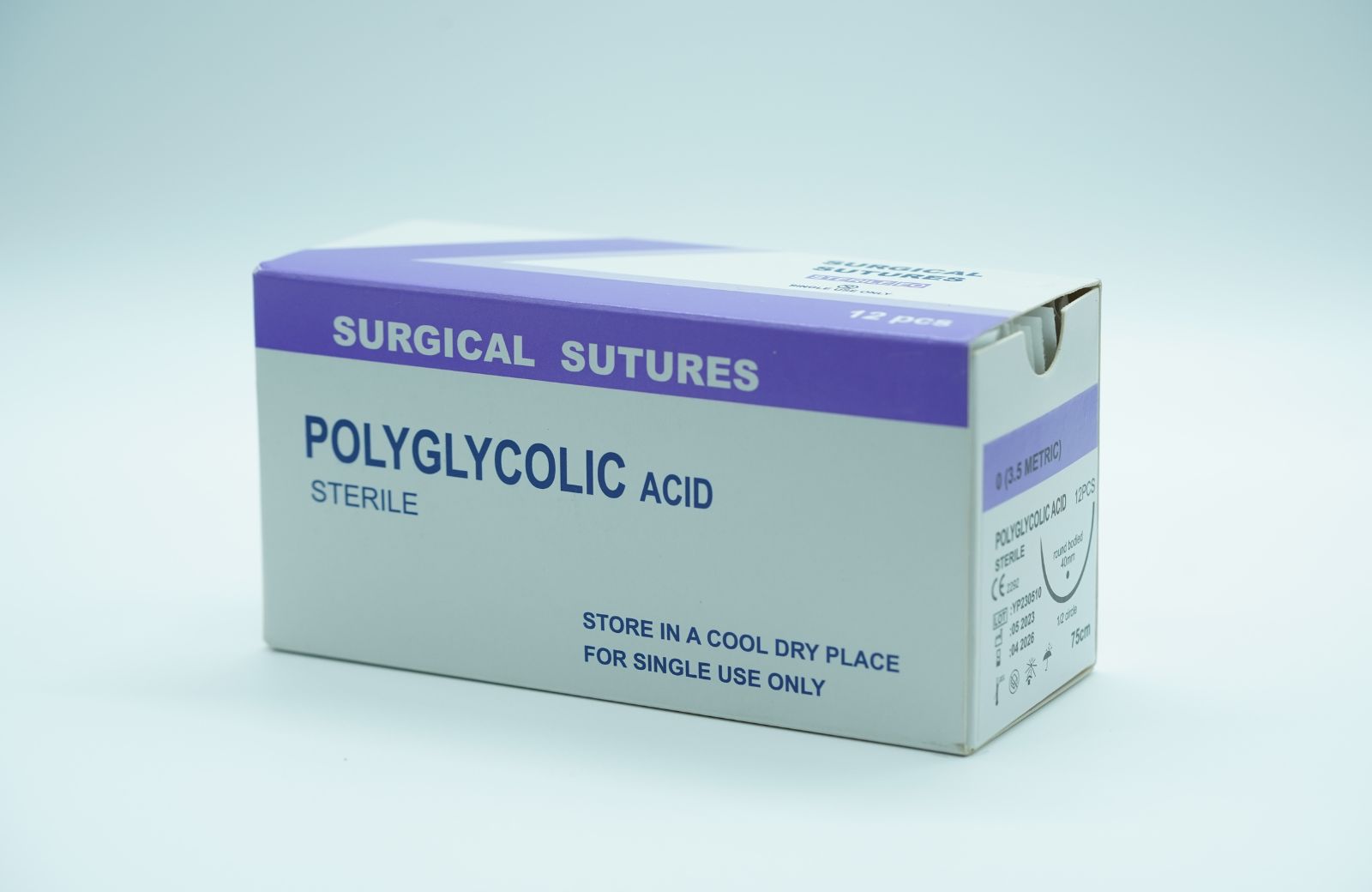 How Polyglycolic Acid Suture Vicryl Revolutionizes Surgical Practices
How Polyglycolic Acid Suture Vicryl Revolutionizes Surgical Practices
The landscape of surgical procedures has undergone a remarkable transformation with the introduction of advanced materials and techniques. Among these innovations, the polyglycolic acid (PGA) suture, commonly known as Vicryl, has emerged as a game-changer in the field of surgery. With its unique properties and benefits, Vicryl sutures are revolutionizing surgical practices, making procedures safer and more efficient for both surgeons and patients.
Biocompatibility and Absorbability
One of the foremost advantages of polyglycolic acid sutures is their biocompatibility. Vicryl sutures are designed to minimize the risk of adverse reactions in the body, promoting a smoother healing process. The materials used in Vicryl sutures are absorbed by the body over time, reducing the need for postoperative suture removal. This absorbability is particularly beneficial in pediatric surgeries and in areas where suture removal may be challenging. Surgeons can perform procedures with confidence, knowing that the sutures will be absorbed naturally, decreasing the chances of complications.
Strength and Performance
Polyglycolic acid sutures demonstrate impressive tensile strength, making them suitable for a variety of surgical applications. They provide reliable support during the critical healing phase, ensuring that tissues remain adequately approximated. The unique braided structure of Vicryl enhances its strength and durability while also allowing for a smooth passage through tissues. This characteristic is essential for complex surgeries, as it minimizes tissue trauma and facilitates faster recovery.
Versatility Across Surgical Disciplines
Vicryl sutures are versatile and can be utilized across multiple surgical disciplines, including general surgery, orthopedics, gynecology, and more. Their adaptability makes them a staple in various surgical settings, contributing to improved patient outcomes. Moreover, they are available in different sizes and types, allowing surgeons to select the most appropriate option for their specific needs, further underscoring their importance in modern surgical practices.
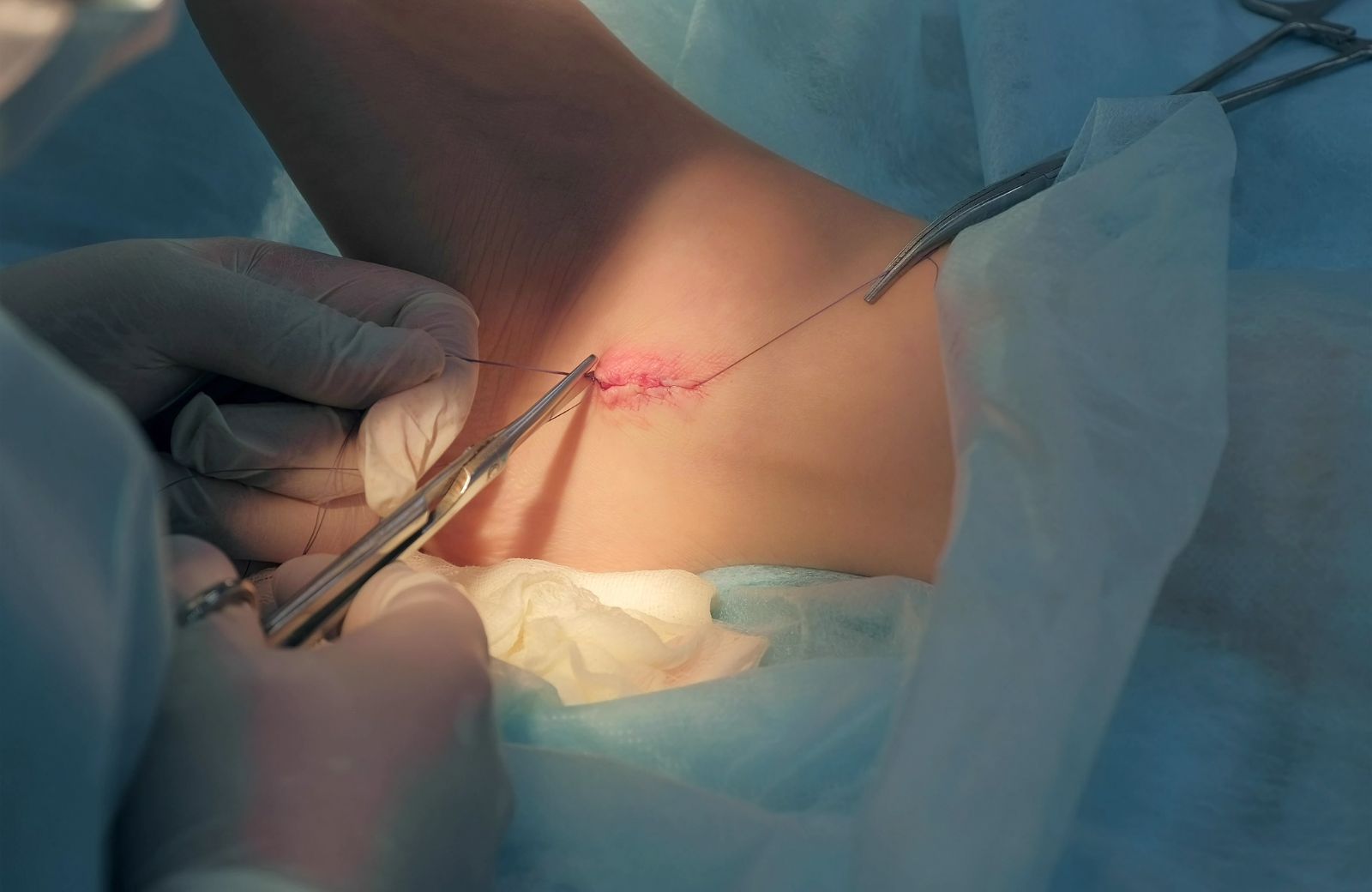 Ease of Handling and Knot Security
Ease of Handling and Knot Security
Surgeons appreciate the ease of handling that Vicryl sutures offer. The smooth texture allows for precise placement and knot tying, which is vital for achieving secure closures. The sutures maintain their knot security under stress, providing peace of mind during complex patterns or in high-pressure situations. This reliability helps reduce the likelihood of wound complications, which could lead to increased hospital stays and additional treatments.
Enhanced Patient Experience
Ultimately, the impact of polyglycolic acid sutures like Vicryl extends beyond the operating room. By reducing the need for postoperative interventions, these sutures enhance the patient experience. Patients benefit from fewer follow-up appointments and a more direct path to recovery and rehabilitation. This advancement allows healthcare providers to focus on delivering comprehensive care, improving overall patient satisfaction and outcomes.
In summary, polyglycolic acid suture Vicryl stands at the forefront of surgical innovation, offering a combination of biocompatibility, versatility, and ease of use. As surgical practices continue to evolve, the adoption of such advanced materials will undoubtedly play a significant role in shaping the future of medicine.
What You Need to Know About Polyglycolic Acid Suture Vicryl
Polyglycolic acid (PGA) sutures, commonly known by the brand name Vicryl, are widely utilized in the field of surgery due to their unique properties and benefits. Made from a synthetic polymer, PGA is a biodegradable material that offers reliable tissue support and appropriate healing properties. Understanding Vicryl sutures is essential for both medical professionals and patients alike.
Composition and Properties
Vicryl sutures are composed of polyglycolic acid, which is a type of absorbable suture material. The unique structure of Vicryl allows for a gradual degradation process, which occurs through hydrolysis. This means that as the body absorbs the suture, it breaks down the material into non-toxic byproducts, which are then eliminated through natural metabolic processes. This property makes Vicryl particularly useful for internal suturing where the removal of the suture might be challenging.
 Types of Vicryl Sutures
Types of Vicryl Sutures
There are various types of Vicryl sutures available, catering to different surgical needs. They can be found in multiple sizes and are also offered in different formulations:
- Vicryl Rapide: This is a type of Vicryl that absorbs faster than standard Vicryl, making it ideal for procedures requiring quick tissue approximation and support.
- Vicryl Plus: Coated with an antibacterial agent, Vicryl Plus helps reduce the risk of surgical site infections, which is especially beneficial in contaminated environments.
Uses in Surgery
Vicryl sutures are utilized in various surgical specialties, including general surgery, orthopedic surgery, gynecologic surgery, and more. Their absorbable nature makes them suitable for internal suturing, such as closing fascia, skin, or connective tissues. They are particularly advantageous in settings where patients may not return for suture removal.
Advantages of Polyglycolic Acid Sutures
There are several notable advantages to using Vicryl sutures:
- Absorbable: There is no need for a follow-up appointment to remove stitches, which can be particularly convenient for patients.
- Tensile Strength: Vicryl retains good tensile strength for several weeks post-surgery, providing necessary support as the tissue heals.
- Reduced Risk of Infection: The incorporation of antibacterial agents in Vicryl Plus further minimizes the risk of postoperative infections.
Potential Disadvantages
While Vicryl sutures offer many benefits, there are a few potential disadvantages to consider. Some patients may experience an inflammatory reaction to the suture material, which could lead to delayed healing. Additionally, in certain cases, the absorption rate may be too quick for specific types of tissues, necessitating careful consideration by the surgical team.
Conclusion
Polyglycolic acid sutures, notably Vicryl, are a versatile and effective choice for a wide range of surgical applications. With their favorable properties, such as absorbability and strength, they have become a staple in modern surgical practices. Surgeons must evaluate each patient’s unique situation to optimize the choice of suture material, ensuring both effective healing and patient safety.
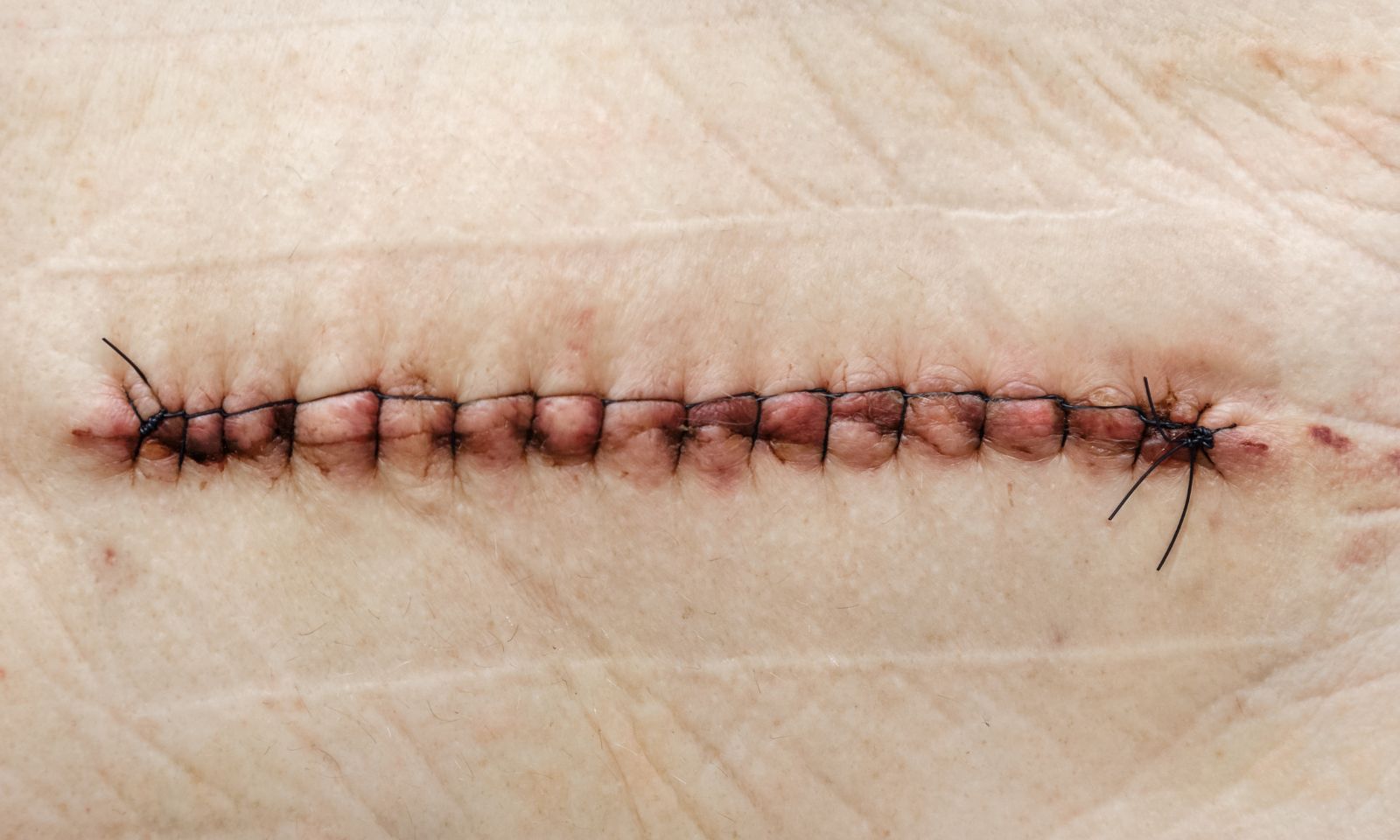 The Benefits of Using Polyglycolic Acid Suture Vicryl in Wound Closure
The Benefits of Using Polyglycolic Acid Suture Vicryl in Wound Closure
Wound closure is a vital aspect of surgical procedures and injury management, influencing healing time and reducing complications. Among various options available for suturing, polyglycolic acid sutures, commonly referred to as Vicryl, have gained significant popularity. This biodegradable synthetic suture material offers multiple advantages that make it an ideal choice for healthcare professionals. Below, we highlight the key benefits of using Vicryl sutures in wound closure.
1. Biocompatibility
One of the primary advantages of Vicryl sutures is their excellent biocompatibility. Made from polyglycolic acid, these sutures are designed to minimize the body’s foreign response. Their absorption into the body occurs naturally, which reduces the risk of infection and other complications associated with non-absorbable sutures. This property is particularly beneficial in pediatric patients and those with compromised immune systems.
2. Absorbable Nature
Unlike traditional silk or nylon sutures, Vicryl sutures are absorbable, which means they do not require a second procedure for removal. This feature enhances patient comfort and convenience while lowering the potential for additional healthcare costs. The gradual absorption of Vicryl allows for adequate wound support during the initial healing phases, and the material is completely absorbed by the body within 60 to 90 days, depending on the tissue type.
3. Tensile Strength
Vicryl sutures provide strong tensile strength initially, ensuring that wound edges remain together during the critical early healing period. Their ability to maintain strength for several weeks is crucial for preventing dehiscence (wound separation) in surgical incisions or traumatic injuries. This characteristic makes Vicryl suitable for various surgical applications, including soft tissue approximation and ligation.
4. Minimal Tissue Trauma
Polyglycolic acid sutures are designed to minimize tissue trauma, thanks to their smooth surface and flexible structure. This quality facilitates easier passage through tissues, reducing the risk of additional injury and promoting faster healing. The reduced tissue irritation compared to traditional sutures is beneficial for delicate surgeries, such as in the gastrointestinal or ophthalmic fields.
5. Versatility in Application
Vicryl sutures are versatile, making them suitable for a wide range of applications, including skin, subcutaneous, and internal tissues. Their adaptability allows surgeons to use the same type of suture material across various surgical disciplines, including general surgery, gynecological surgery, and orthopedic procedures. This flexibility can simplify surgical supply management and streamline operations.
6. Reduced Inflammatory Response
An important factor in wound healing is the body’s inflammatory response. Vicryl sutures have been shown to elicit a lower inflammatory response when compared to traditional non-absorbable sutures. This reduced response helps foster a more conducive environment for healing, ultimately enhancing recovery outcomes for patients.
In conclusion, the use of polyglycolic acid sutures, like Vicryl, offers numerous advantages for wound closure. Their biocompatibility, absorbable nature, tensile strength, minimal tissue trauma, versatility, and reduced inflammatory response collectively contribute to optimal healing outcomes. As healthcare continues to advance, integrating materials such as Vicryl into surgical practice not only improves patient experiences but also enhances overall surgical success rates.
Comparing Polyglycolic Acid Suture Vicryl to Other Suturing Materials
In the realm of surgical procedures, choosing the right suturing material plays a crucial role in achieving optimal outcomes. Among various options available, Polyglycolic Acid (PGA) sutures, particularly Vicryl, have gained prominence due to their unique properties and advantages. This section aims to compare Vicryl to other commonly used suturing materials, shedding light on their characteristics, benefits, and limitations.
1. Polyglycolic Acid (Vicryl)
Vicryl is a synthetic absorbable suture made from a copolymer of glycolic acid and polylactic acid. One of the key features of Vicryl is its predictable absorption rate, typically losing tensile strength by approximately 50% in about 2-3 weeks and being fully absorbed within 60-90 days. This makes it an ideal choice for various applications, particularly in soft tissue closure, where the need for suture removal is eliminated.
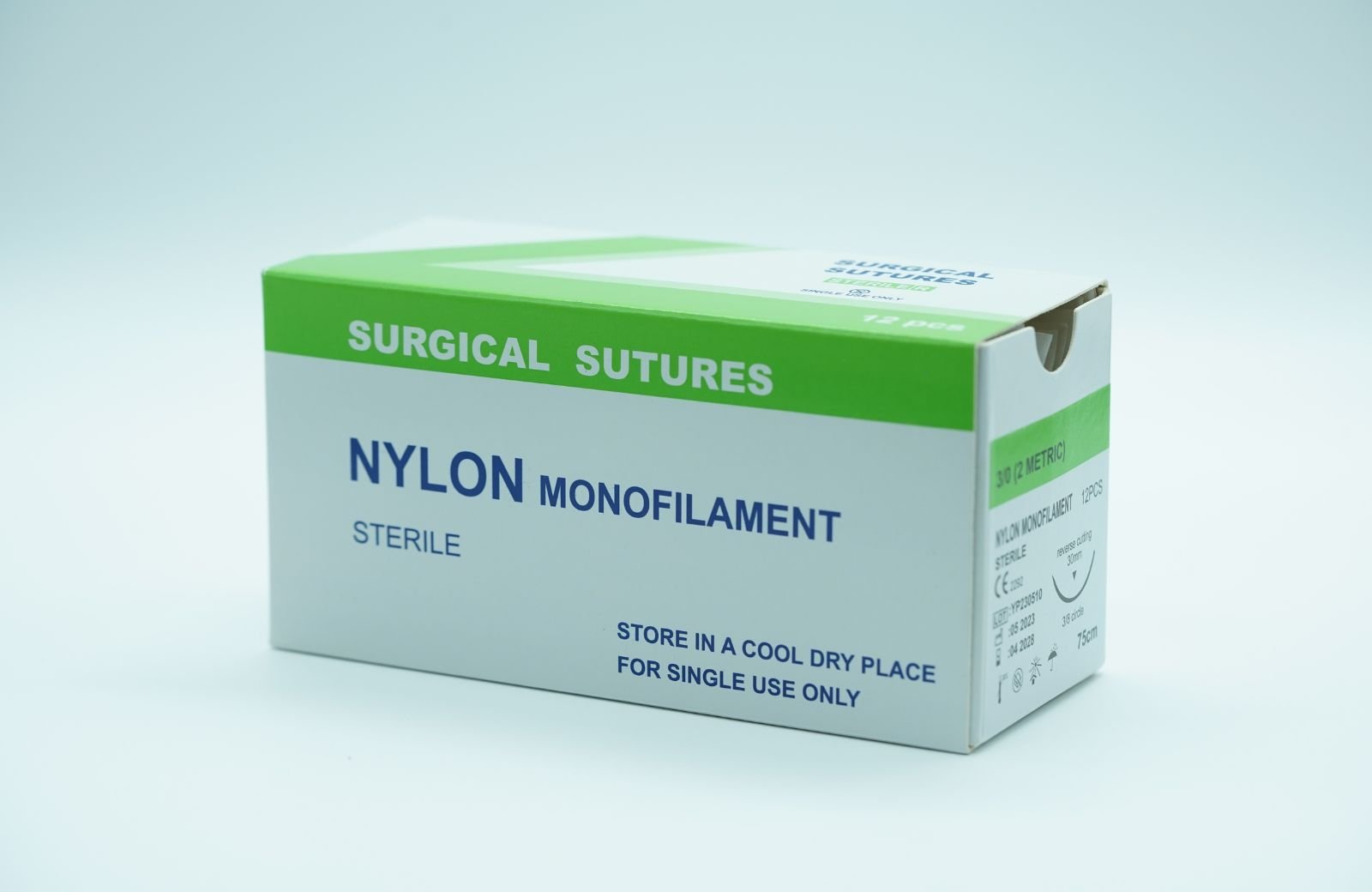 2. Nylon Sutures
2. Nylon Sutures
Nylon sutures are non-absorbable, monofilament sutures that are commonly used in skin closures and other situations requiring long-term support. While they provide excellent tensile strength and are resistant to infection, they require removal post-healing, which can be inconve nient for patients. Moreover, nylon sutures can sometimes cause tissue irritation or delayed allergic reactions, leading to a more prolonged recovery process. In contrast, Vicryl’s absorbable nature eliminates the need for a second procedure and is often better tolerated by the tissue.
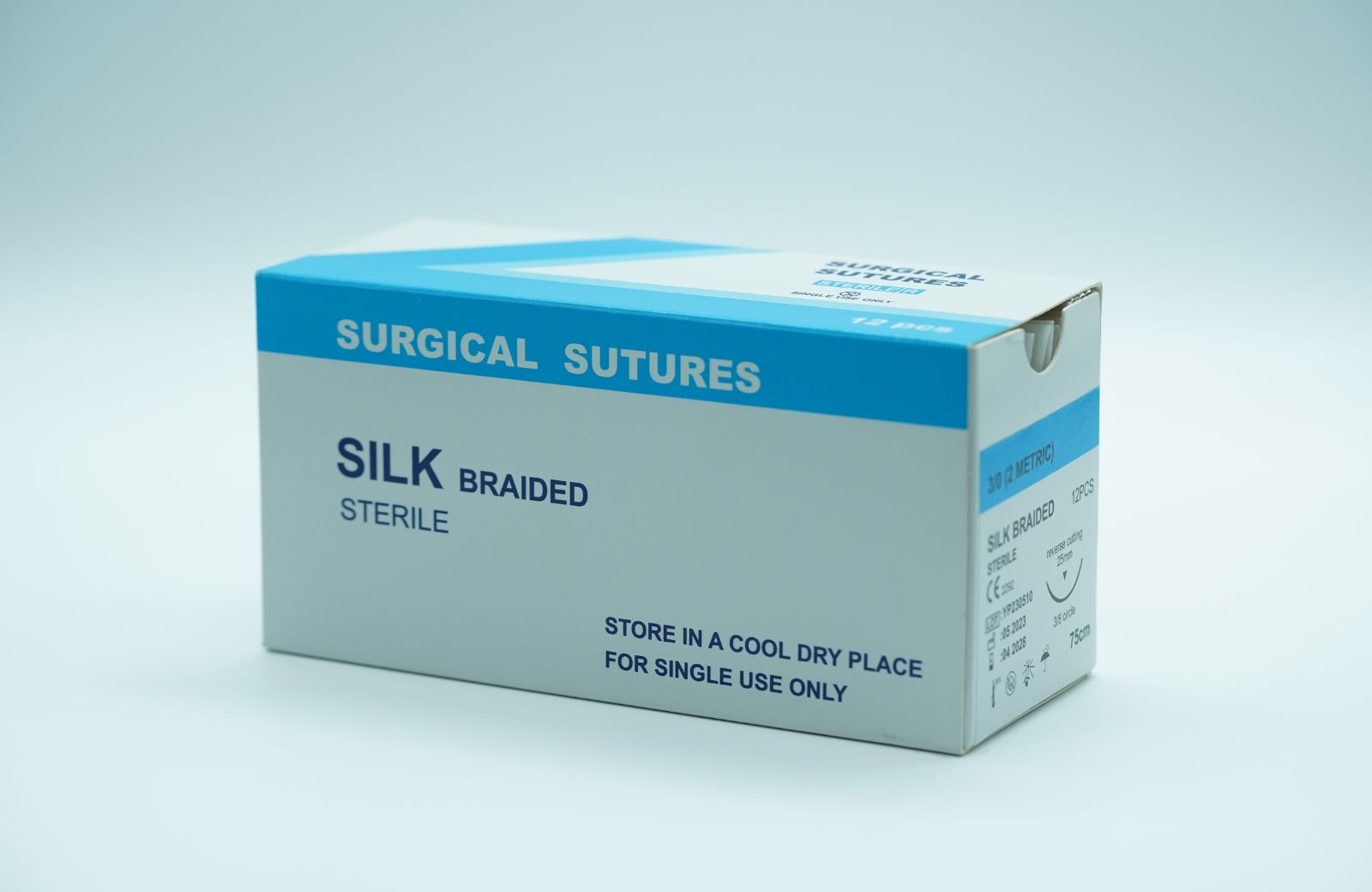 3. Silk Sutures
3. Silk Sutures
Silk sutures, derived from silkworms, have been used for centuries. They are known for their excellent handling properties and low tissue reactivity. However, silk is also non-absorbable and can promote bacterial growth due to its braided structure, increasing the risk of infection. Although silk sutures provide good knot security, they do not offer the same level of tensile strength retention over time as Vicryl. For many procedures, especially in contaminated environments, Vicryl’s absorbable nature and antimicrobial properties offer significant advantages over silk sutures.
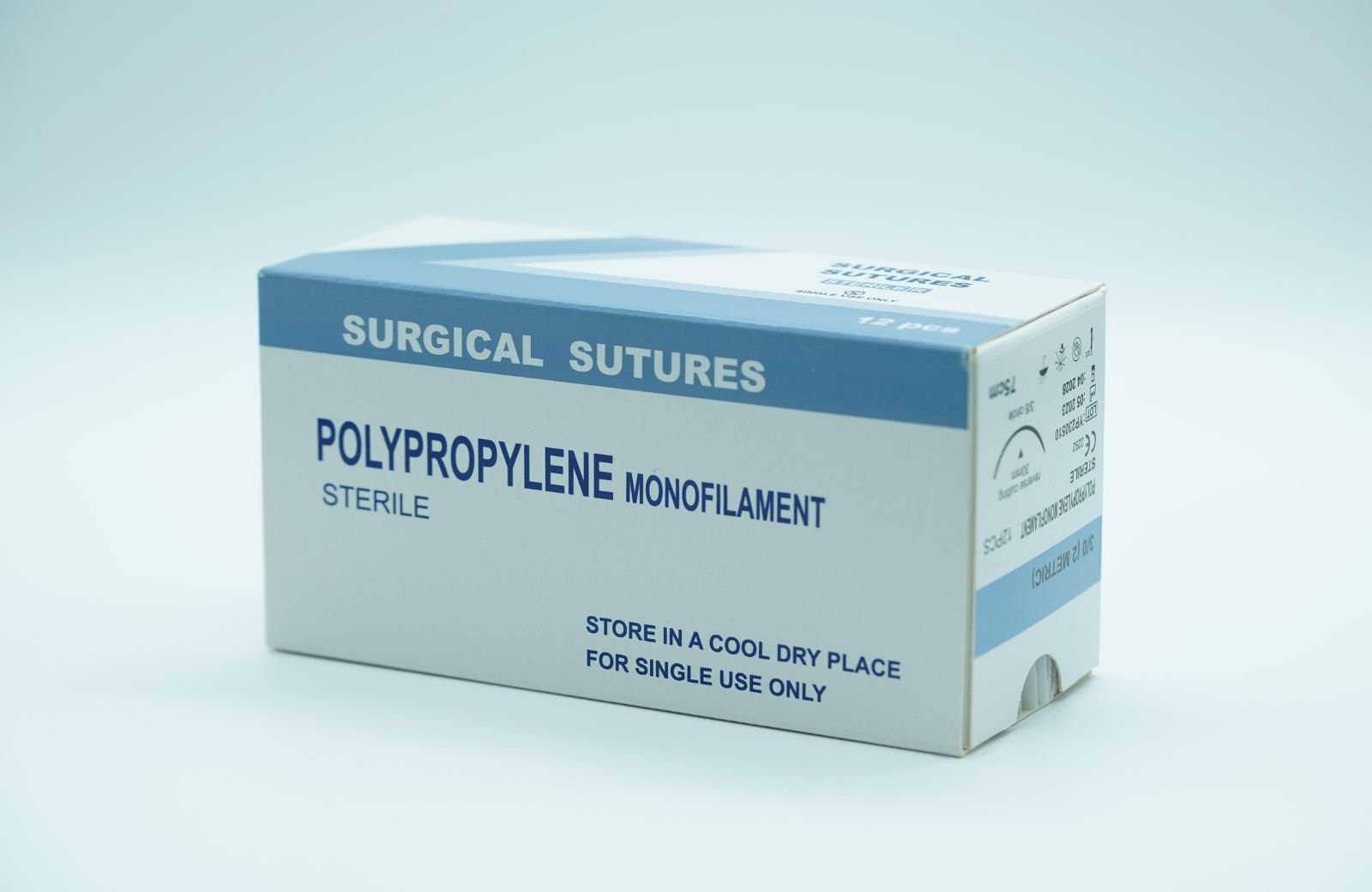 4. Polypropylene Sutures
4. Polypropylene Sutures
Polypropylene sutures, also known as Prolene, are non-absorbable synthetic sutures that are used for their high tensile strength and resistance to degradation. They are often favored in vascular and orthopedic procedures where long-term support is necessary. However, like nylon, they require removal and can contribute to chronic inflammation. Vicryl, on the other hand, offers the advantage of tissue regeneration without the need for removal, presenting a more patient-friendly option in many cases.
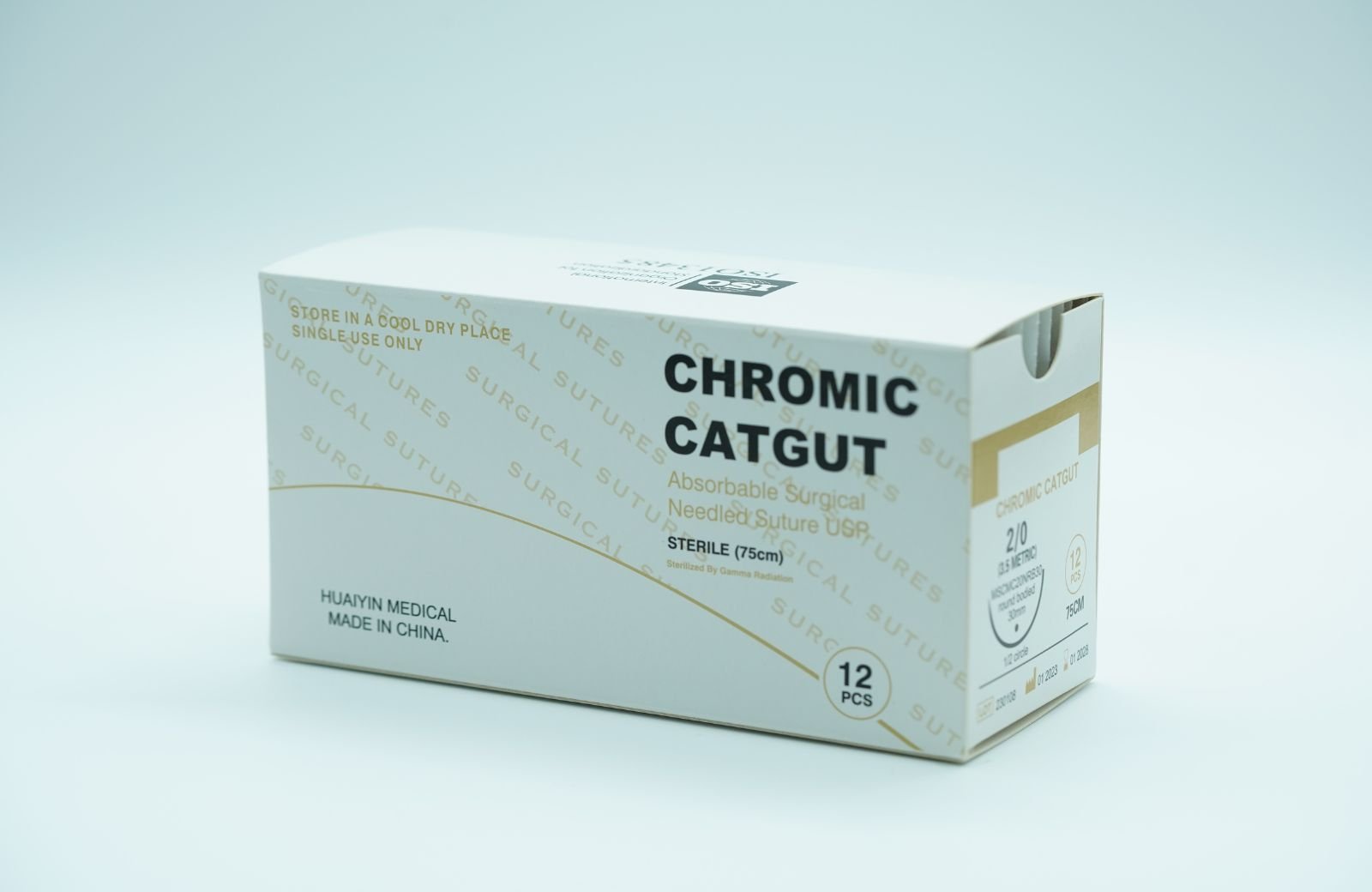 5. Catgut Sutures
5. Catgut Sutures
Catgut, a natural absorbable suture made from the intestinal mucosa of sheep or cattle, has been traditionally used for a variety of surgical closures. However, it has largely fallen out of favor due to its unpredictable absorption characteristics and variable strength retention. In comparison, Vicryl provides a more consistent and reliable absorption rate, making it a preferred choice in modern surgical practice.
In summary, while there are various suturing materials available, Polyglycolic Acid suture Vicryl offers significant advantages in terms of absorption, tissue compatibility, and ease of use. Its unique properties make it particularly suitable for a wide range of surgical procedures, making it a valuable asset in any surgeon’s toolkit.

